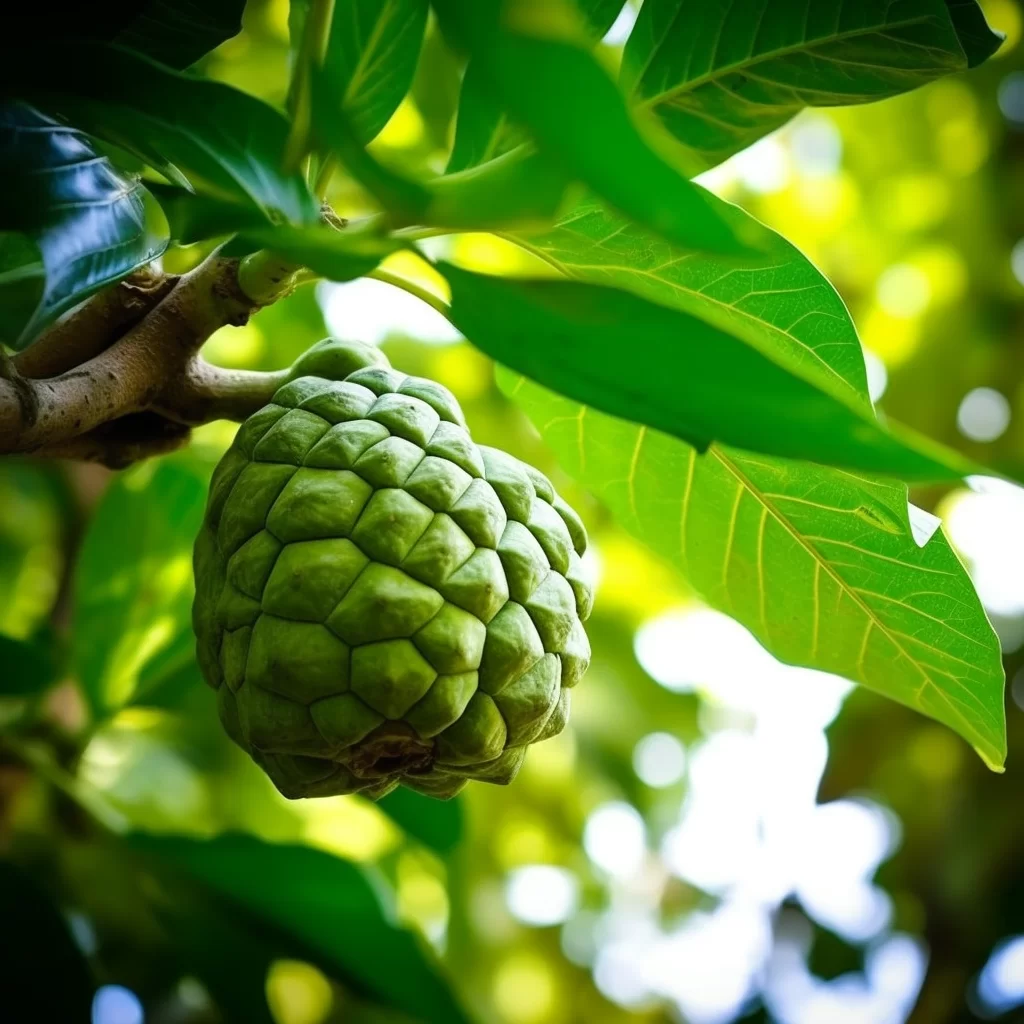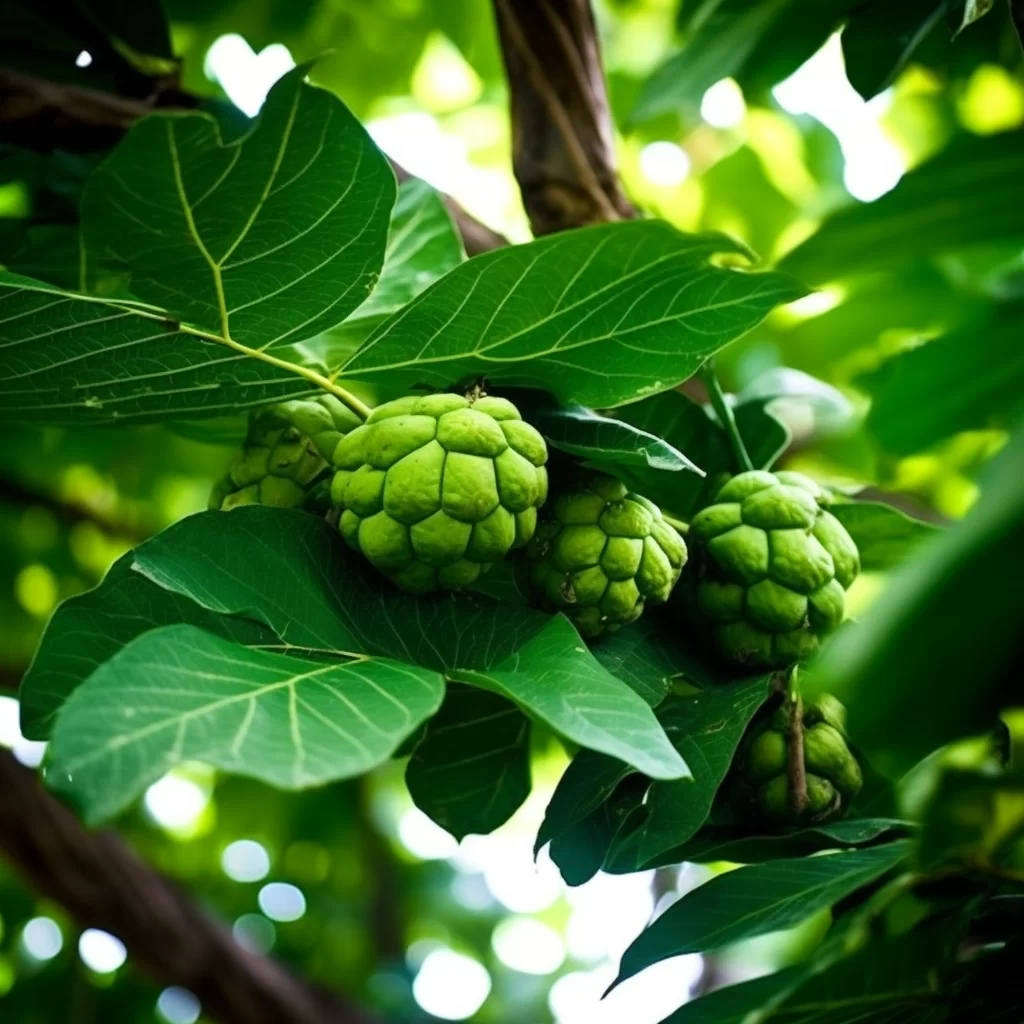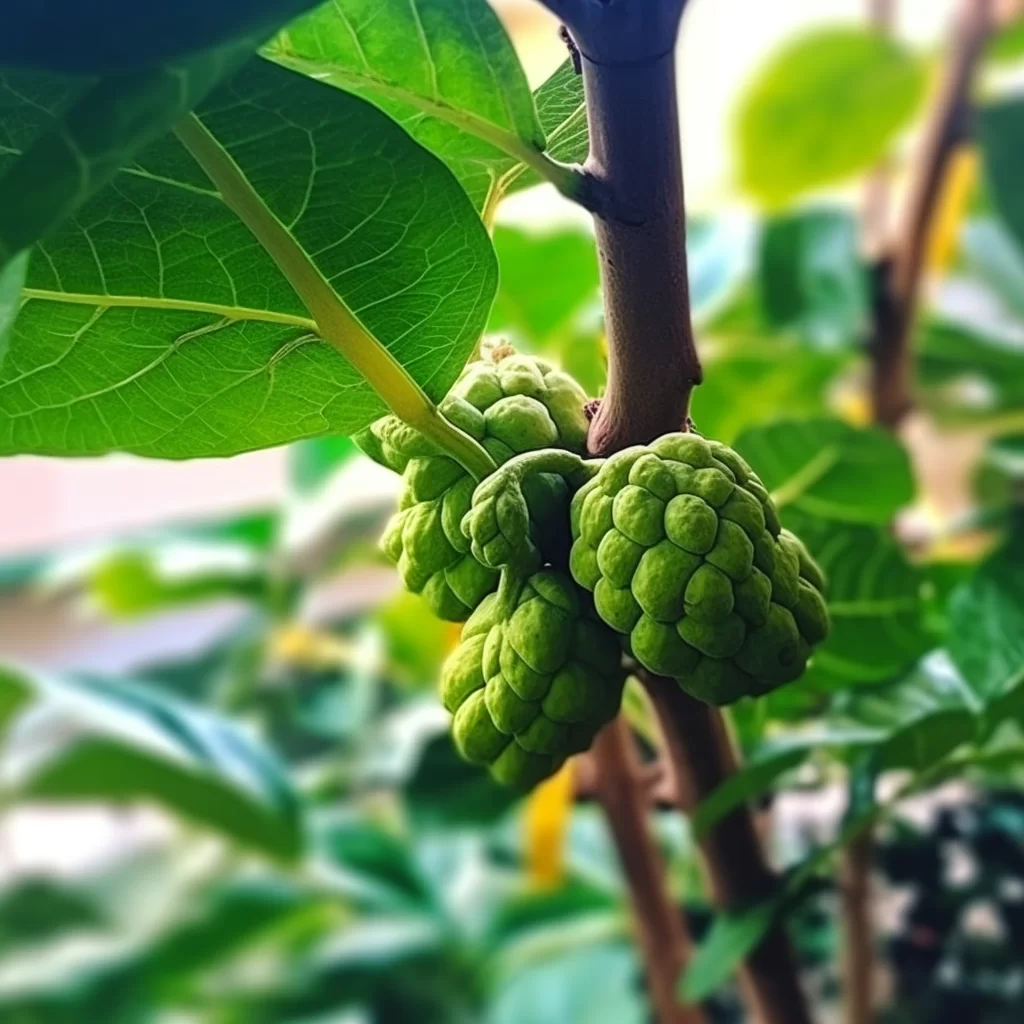Story of Day :
Contents
Cherimoya Plant: Complete Guide and Care Tips
Gardening is a hobby that many people are passionate about.
It can be meditative, rewarding, and fun! If you’re looking for a new plant to add to your garden, consider the cherimoya plant.
This is a fruit tree that comes from South America and has been gaining popularity in recent years.
In this article, we’ll provide you with a complete guide on how to care for this plant.
What Is A Cherimoya Plant?
The cherimoya plant is an evergreen tree that belongs to the Annonaceae family.
This family of plants also includes custard apple and soursop.
The scientific name of the cherimoya plant is Annona cherimola mill.
The fruit produced by this tree has a green or dark brown exterior with creamy white flesh inside.
It’s often described as having a flavor profile similar to pineapple or banana with hints of vanilla.

Caring for Your Cherimoya Plant
- Location: Cherimoya plants thrive in warm temperatures between 50-80 degrees Fahrenheit (10-27 degrees Celsius).
They prefer full sun but can also grow well in partial shade.
- Soil: The ideal soil for growing cherimoyas should be rich in organic matter and well-draining.
You can achieve this by mixing compost or aged manure into your soil before planting.
- Irrigation: Cherimoyas require regular watering but don’t like standing water around their roots.
Make sure the soil is moist but not waterlogged, especially during the growing season (spring-summer).
- Fertilization: Fertilize your cherimoya plant every 2-3 months with a balanced fertilizer.
Make sure to follow the instructions on the label and don’t over-fertilize.
- Pruning: Cherimoya trees can grow up to 30 feet tall, but you can control their size by pruning them regularly.
Prune in late winter or early spring before new growth begins.
Remove any dead or diseased branches and thin out crowded areas.
- Pests and Diseases: The cherimoya plant is susceptible to pests like mealybugs, scales, and mites.
It’s also prone to fungal diseases like anthracnose, which causes brown spots on the fruit.
Use a horticultural oil spray or insecticidal soap to control pests.
If you notice signs of disease, remove infected fruits immediately.
Harvesting Cherimoyas
The best time to harvest cherimoyas is when they’re fully ripe but still firm.
The fruit should give slightly when pressed gently with your thumb but not be mushy or soft.

To harvest the fruit, use pruning shears or a sharp knife to cut it off at the stem’s base.
Be careful not to damage any buds since they will produce next year’s crop.
The Benefits of Growing Cherimoyas
- Tasty Fruit: As previously mentioned, cherimoyas are delicious! They have a unique flavor profile that makes them stand out from other fruits.
- Nutritional Value: Cherimoyas are low in calories but high in fiber and Vitamin C.
- Easy to Grow: Cherimoya plants are relatively easy to grow, and once established, they require minimal maintenance.
- Drought Tolerant: Cherimoyas can tolerate periods of drought but still produce fruit.
This makes them an excellent choice for gardeners in dry regions.
A Final Word

The cherimoya plant is a unique addition to any garden.
With the proper care and attention, you can cultivate a healthy tree that produces delicious fruit year after year.
Remember to choose a sunny location with well-draining soil, water regularly but don’t overwater, fertilize every few months, prune in late winter or early spring, and watch out for pests and diseases.
If you’re looking for something new to add to your garden this season, give the cherimoya plant a try! Who knows? It may become your new favorite fruit tree!